The Wicked Witch of the East is an iconic character from L. Frank Baum’s timeless novel, “The Wonderful Wizard of Oz,” which was published in 1900. She is a formidable and malevolent figure who resides in the magical Land of Oz. What sets the Wicked Witch of the East apart is her role as the initial antagonist, her memorable demise, and the profound impact she has on the story’s protagonist, Dorothy Gale.
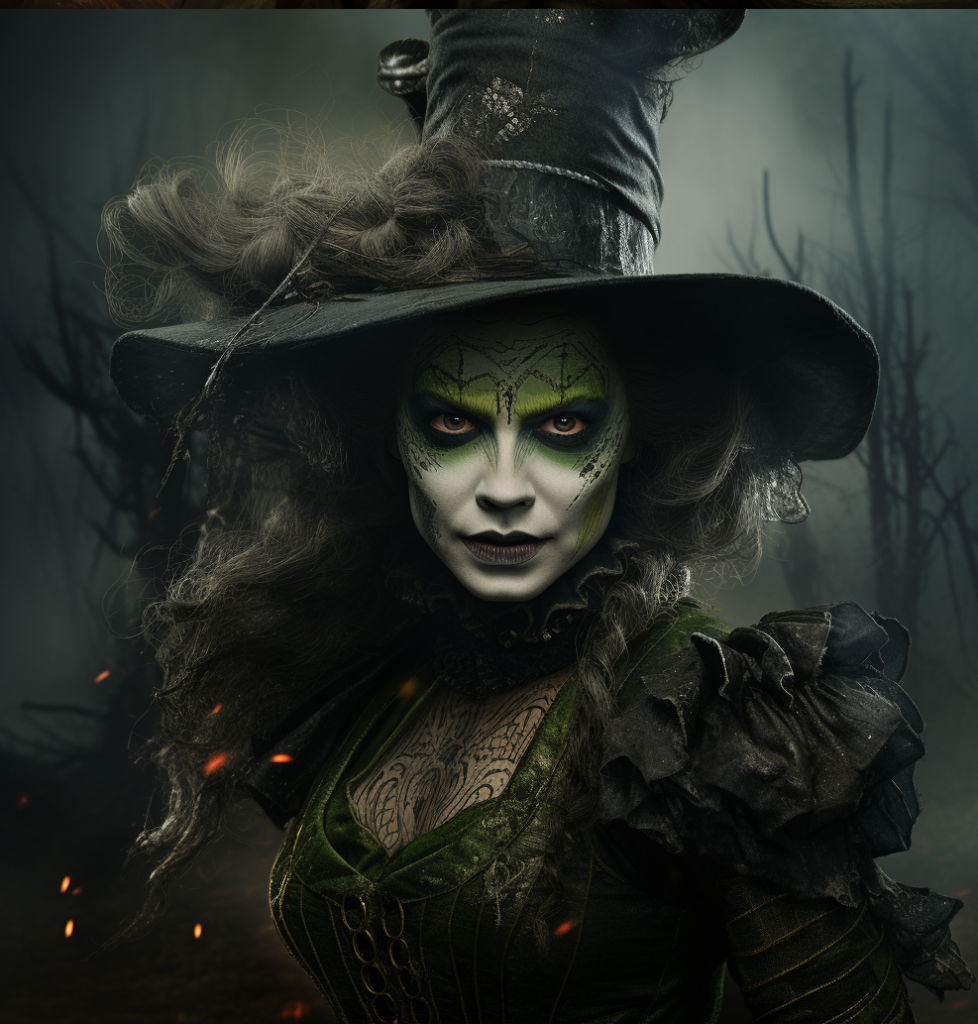
The Wicked Witch of the East is introduced when Dorothy’s house, caught in a cyclone, lands on her, inadvertently causing her demise. This dramatic entrance marks the beginning of Dorothy’s adventure in the Land of Oz. The Witch’s death leads to the acquisition of her magical silver shoes by Dorothy, setting the stage for her journey to the Emerald City.
While her character is not explored in great depth in Baum’s novel, her legacy is enduring. She represents the darker aspects of the fantastical world Dorothy encounters, serving as a symbol of conflict and opposition. Her death is pivotal, propelling Dorothy on her quest to seek the help of the Wizard in returning to Kansas.
In literature and popular culture, the Wicked Witch of the East remains an enduring symbol of the challenges and adversaries that heroes must face and overcome on their journeys, making her a truly iconic figure in the world of storytelling.
The Wicked Witch of the West
The Wicked Witch of the West, a character immortalized in L. Frank Baum’s “The Wonderful Wizard of Oz” and brought to life in the iconic 1939 film adaptation, is one of literature’s most infamous villains. She reigns over the western quadrant of the magical Land of Oz and is the primary antagonist in Dorothy Gale’s journey.
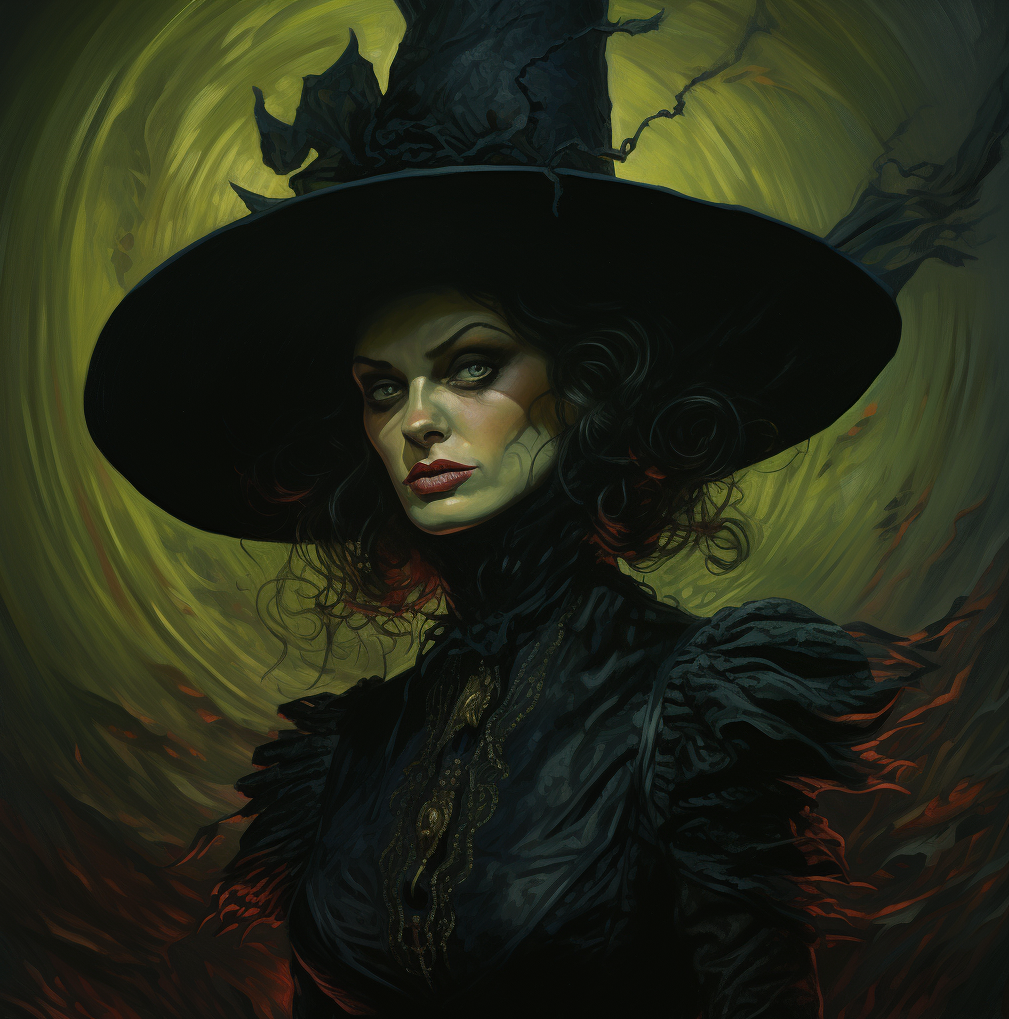
What sets the Wicked Witch of the West apart is her relentless pursuit of Dorothy and her companions, driven by her desire to obtain the magical silver shoes that once belonged to her sister, the Wicked Witch of the East. Her character embodies the archetype of the wicked sorceress, complete with her broomstick, black attire, and fearsome flying monkeys.
The Witch’s malevolence and cunning make her a formidable adversary, but it’s her vulnerability to water that ultimately leads to her demise. A simple splash ends her wicked reign, symbolizing the triumph of good over evil.
Beyond her role as a literary antagonist, the Wicked Witch of the West has become a cultural icon, emblematic of the challenges and obstacles that protagonists must confront and overcome. Her legacy endures in adaptations, retellings, and the enduring popularity of Baum’s magical world, reminding us that even the most wicked of foes can be vanquished in the face of courage and determination.
The Wicked Witch of the North
The Wicked Witch of the North is a character rarely mentioned in the classic tale of “The Wonderful Wizard of Oz” by L. Frank Baum. Unlike her more infamous counterparts, the Wicked Witch of the East and the Wicked Witch of the West, she does not play a central role in the story and remains relatively obscure.
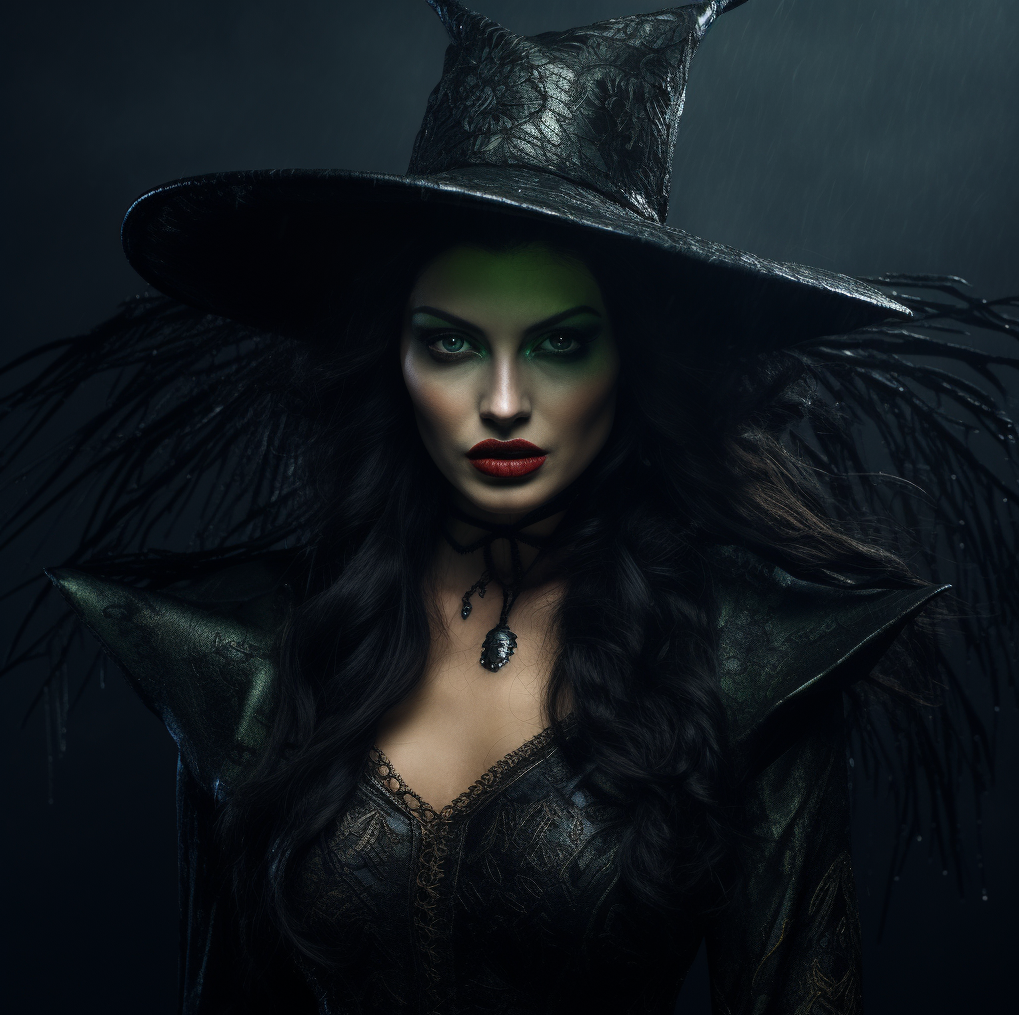
In the novel, it’s the Good Witch of the North who greets Dorothy upon her arrival in the Land of Oz and offers her guidance. There is little information provided about the Wicked Witch of the North, and she lacks the menacing presence and notoriety of the other witches in the story.
This relative obscurity raises questions about her character and motivations. While her wickedness is mentioned, Baum does not delve into her backstory or evil deeds. This leaves room for interpretation and creative exploration by readers and adaptations of the story.
The Wicked Witch of the North serves as a reminder that in the vast and imaginative world of Oz, not every character, even one with a wicked label, receives extensive development or backstory. Instead, she remains a mysterious figure on the fringes of the narrative, allowing readers and storytellers to fill in the gaps with their own interpretations and speculations.
The Wicked Witch of the South
The concept of the Wicked Witch of the South is a lesser-known aspect of the Oz series and is not a central character in L. Frank Baum’s original novel, “The Wonderful Wizard of Oz.” In Baum’s story, the focus primarily lies on the Wicked Witch of the East and the Wicked Witch of the West. However, various adaptations and reinterpretations of the Oz universe have occasionally introduced the idea of a Wicked Witch of the South.
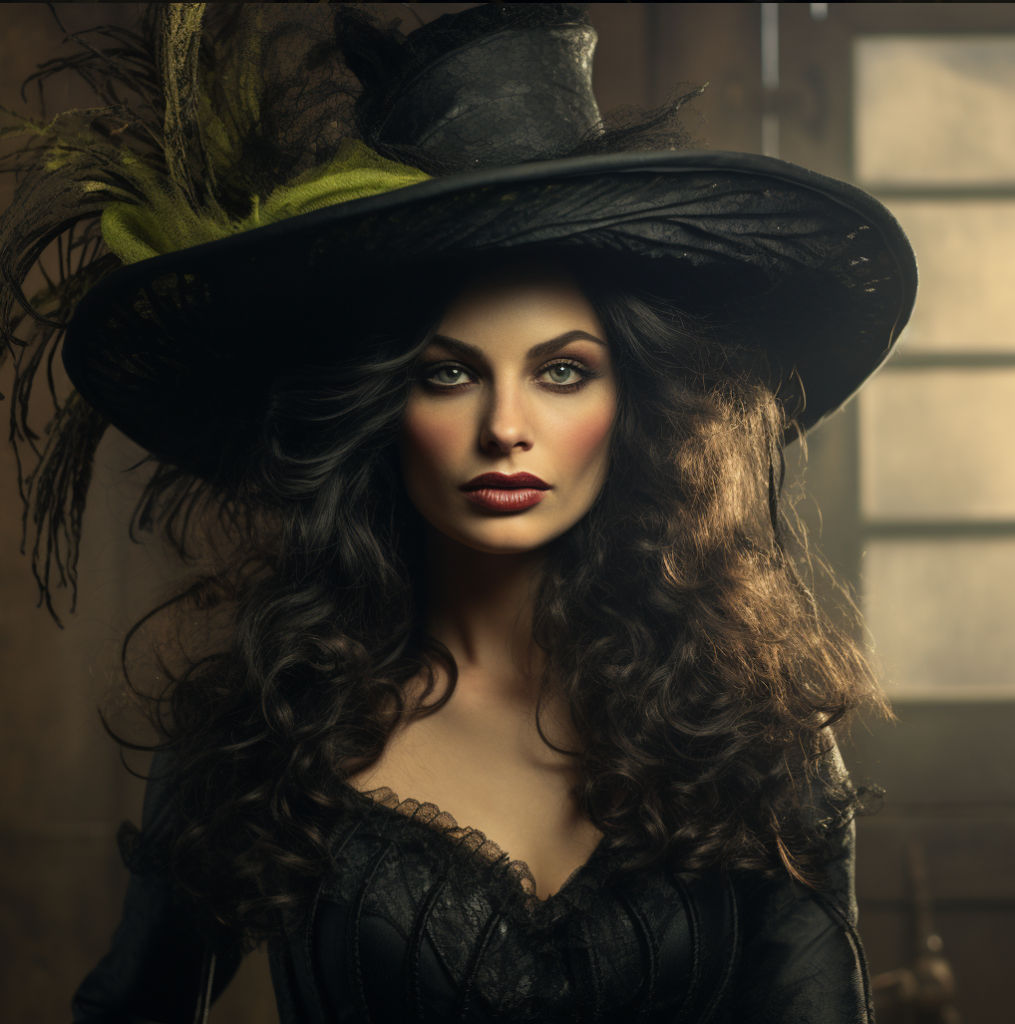
The limited presence of the Wicked Witch of the South in Baum’s narrative leaves much to the imagination. Readers and adaptors are free to envision her character, backstory, and motivations, as they are not constrained by specific details in the original source material.
In some adaptations, the Wicked Witch of the South may be depicted as an antagonist, further expanding the magical world of Oz and providing additional challenges for Dorothy and her companions. However, without a detailed canonical background, her character remains open to creative interpretation.
The concept of the Wicked Witch of the South serves as a testament to the enduring appeal and adaptability of Baum’s Oz universe, allowing for the continual exploration and reimagining of its magical inhabitants and landscapes by new generations of storytellers and readers.
The Gargoyles
Gargoyles, those mystical and often eerie stone sculptures perched atop historic buildings, have long captured the imaginations of artists and admirers worldwide. These architectural marvels are not only known for their intricate designs and grotesque appearances but also for their symbolism and storytelling potential. One intriguing theme that has occasionally been explored through gargoyles is the celebration of witches.
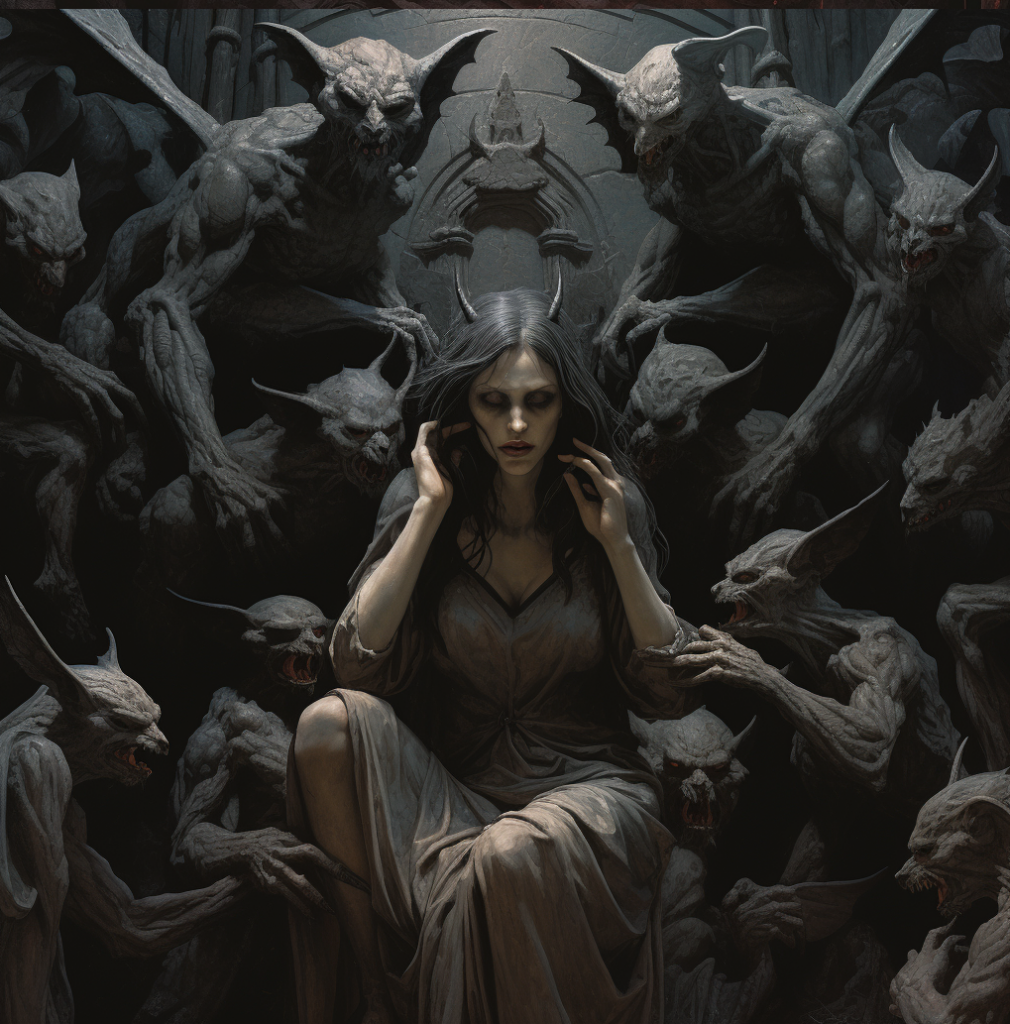
In many cultures, witches are enigmatic figures, often associated with magic, the supernatural, and the mysterious. Gargoyles, with their eerie and supernatural appearances, can be seen as fitting symbols to celebrate the allure of witches.
These gargoyle depictions of witches often feature enchanting and whimsical details. They may be seen stirring cauldrons, riding broomsticks, or accompanied by animal familiars. These stone witches can evoke a sense of wonder and curiosity, reminding us of the captivating stories and legends surrounding these powerful and independent figures throughout history.
Furthermore, gargoyles celebrating witches can also serve as a tribute to the resilience and strength of women who were historically persecuted and labeled as witches. By portraying witches in a positive and empowering light, these stone sculptures can challenge and reinterpret historical narratives.
In conclusion, the celebration of witches through gargoyles is a fascinating intersection of art, history, and folklore. These stone depictions invite us to explore the rich and complex world of witches, their magic, and their enduring impact on our cultural imagination.
